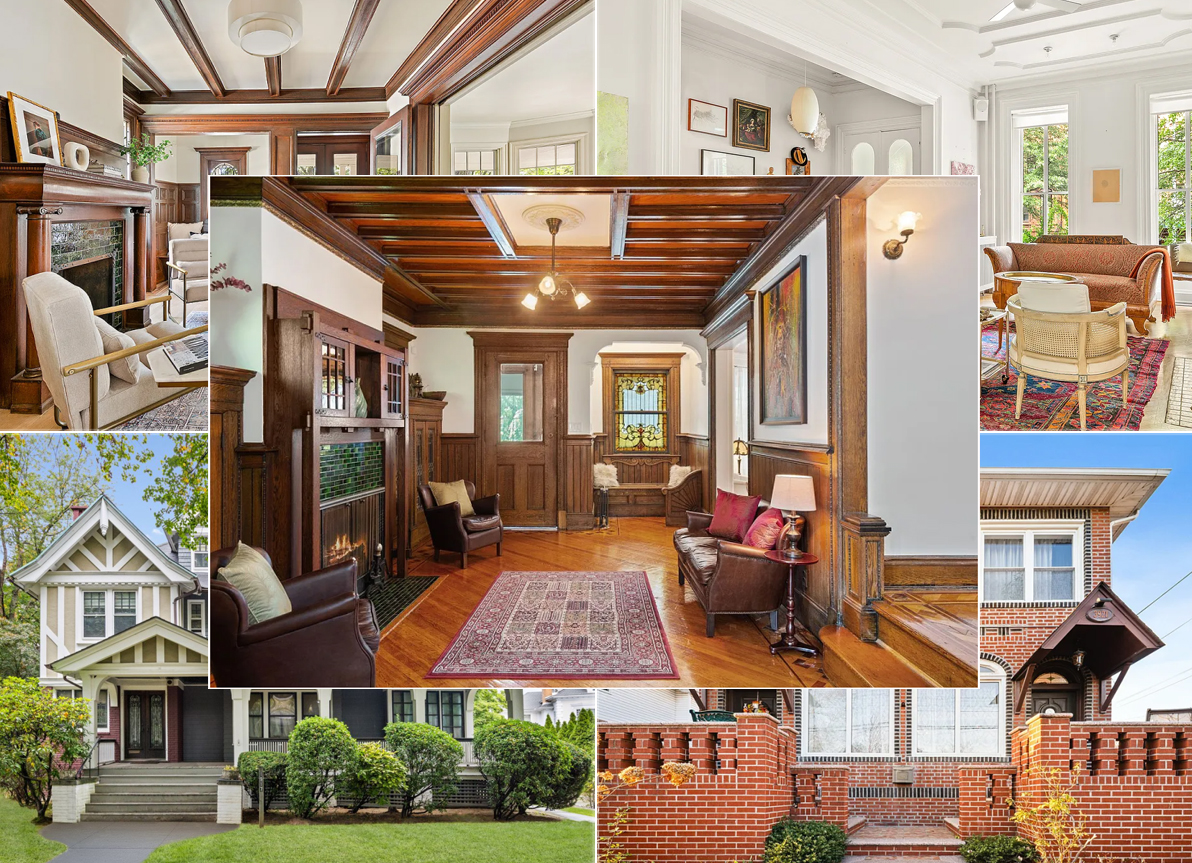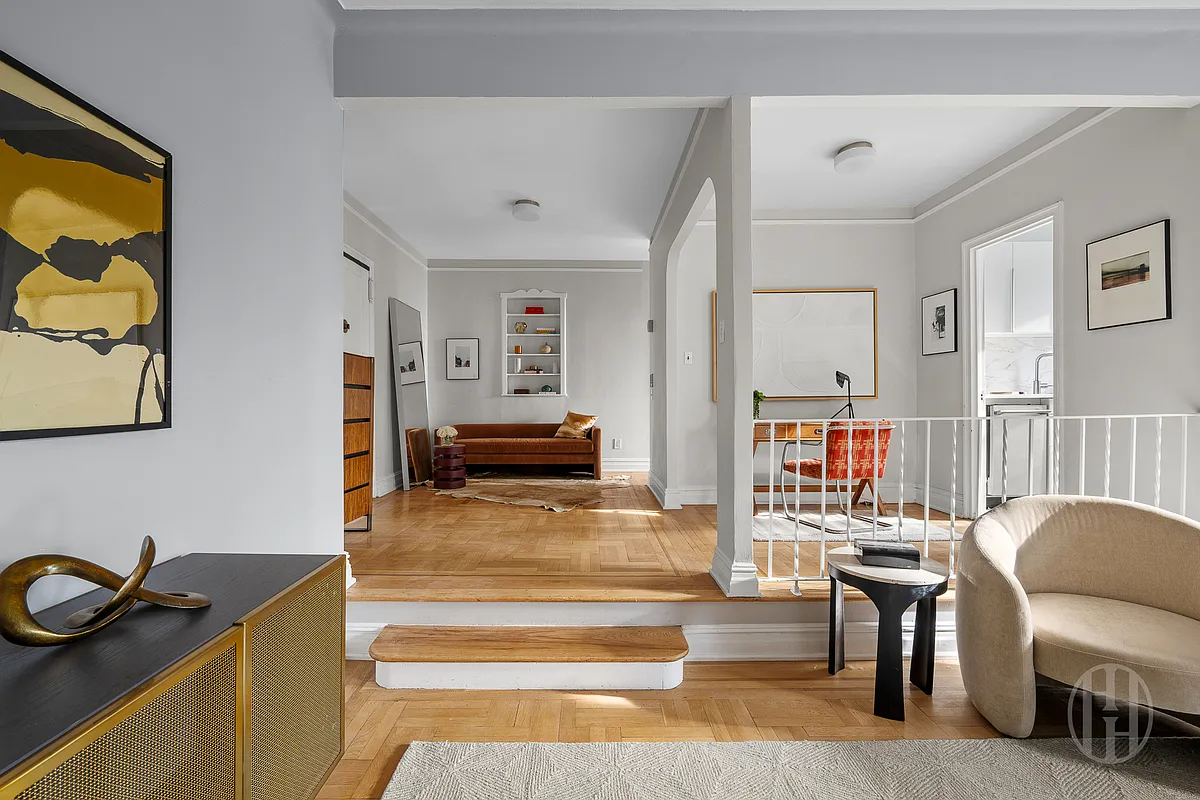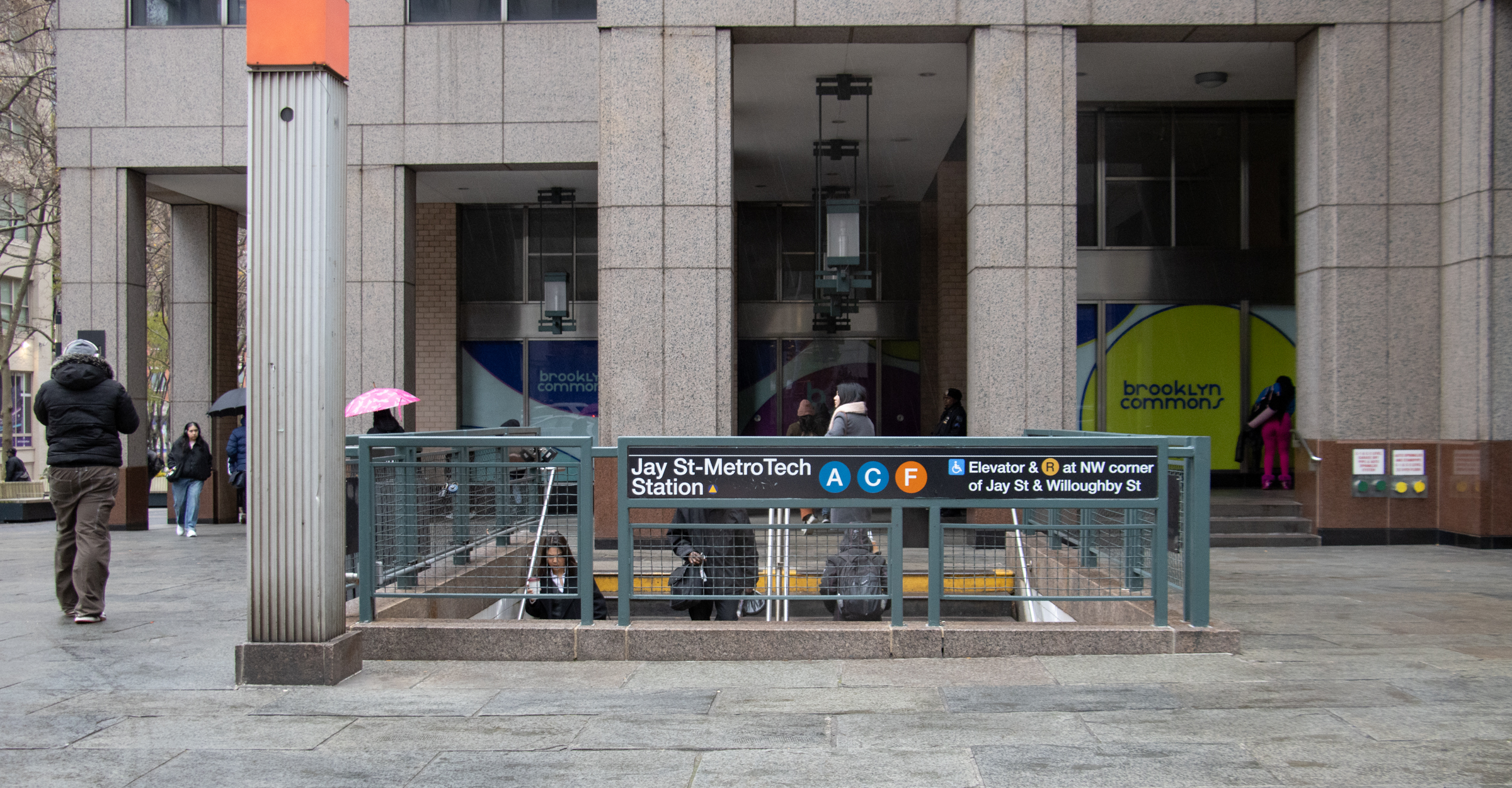Lottery Lunacy? Allocating Middle-Income Subsidies
The Times’ sprawling cover story in the real estate section yesterday took a look at how thousands upon thousands of middle-income New Yorkers apply for lotteries every year that result in a handful of them winning the right to buy a below-market-rate home. Brooklyn examples include a professor who was able to buy a 3-story…


The Times’ sprawling cover story in the real estate section yesterday took a look at how thousands upon thousands of middle-income New Yorkers apply for lotteries every year that result in a handful of them winning the right to buy a below-market-rate home. Brooklyn examples include a professor who was able to buy a 3-story Slope townhouse for $460,000 (600 people entered the lottery for it); the 42 affordable condos at Fort Greene’s 150 Myrtle, which range in price from less than $300,000 to around $500,000 (more than 10,000 applications came in for those); and the 4,500 applications the Fifth Avenue Committee received for its 60-unit development in Red Hook. Most of the housing (the majority of which receives some form of city subsidies) is only available to people who make between 80 and 200 percent of the area’s median income for a family of four—in Fort Greene, for example, 195 percent of the median income is $138,255. The article is ultimately about that perennial hot-button real estate issue in New York: How do you go about preserving the city’s middle class when more and more middle-income properties (especially Mitchell-Lamas) are being privatized and the bulk of new development affordable housing is geared toward low-income earners? Is the current lottery-based system, where one woman among hundreds of applicants gets a ridiculously cheap Slope townhouse, the best we can do? Is this the fairest way to allocate public funds? And, if it’s not, what’s better?
Winning That One in a Million [NY Times]
Photo by gretchl2000.





I decided to leave a job in the private sector which paid double what my city job paid. The private job pension was basically the same as the city pension but I left for job security which is now not even the reality with city jobs. The city uniform and teachers pensions are much better than the city non-uniform pensions but they also put up with alot more BS. In addition, people in the private sector can live whereever they choose including NJ. Most civilian city workers have to reside in the five boroughs, the uniformed services – Fire, Correction, Police and Sanitation have to live in the five boroughs or one of the outlining boroughs where housing is extremely expensive. Amidlevel employee in the private sector can move to Jersey where the housing is cheaper and schools are better.
Let’s throw Erika Badhu out of her rent-controlled apartment and give it to someone who needs to in order to afford to live in Brooklyn.
Say Polemicist,
As early as the 1860’s/70’s, New York knew that the free market couldn’t provide decent housing. “Pre-law” tenements were an abomination. (Read Jacob Riis’s “How the Other Half Lives.”) That’s why housing regulations began in the 19th Century, not after World War II. And all that Bronx housing you like? It was heavily regulated (successive multiple-family housing laws from 1876 to 1928) and zoned (since 1916), and built for the middle-class, not the poor.
And want to see unregulated contemporary housing? Visit Istanbul, where brand new concrete and brick apartment houses are very much like pre-law New York tenements: crowded, nasty, and structurally unsafe. (Only now is that town looking to institute regulations — like New York’s!)
U. Designer
10:49
The “market” hasn’t truly existed in New York City since before WWII. It should be no coincidence that the last building boom in this city was during the depression when places like the Bronx had literally hundreds of thousands of units brought online.
Once upon a time, developers constructed housing for the poor. Tenements were not constructed for hipsters with trust funds.
The real issue is since the war, government decided it knew best how to manipulate residential real estate with zoning laws and rent control. It hasn’t worked, just as these affordable housing schemes don’t work.
It’s been 50 years, and housing is more expensive and more inferior (in comparison to the rest of the nation) than it has ever been.
Isn’t it time to step back say maybe, just maybe, it’s time for something new? Give people back their properties rights, and we’ll see market forces provide what the people want: decent housing at affordable prices.
I’m completely biased since I did buy my home through one of these lotteries, but there are a few things to consider:
-The amount of subsidy varies significantly and higher-income lotteries typically have a much smaller subsidy; for example, my unit was said to be 20-30% below market. A property that was priced at a third of market value as described above would have significant income restrictions.
-Many although not all of the units in these programs have income restrictions, flip taxes or other provisions intended to keep buyers from cashing out quickly – and enforcement mortgages designed to ensure buyers occupy, rather than rent out, properties are also pretty standard.
-The programs also often include preferences for teachers, firefighters and law enforcement, since making it easier for these essential but lower-paid personnel to live in the city is considered to be an important city goal.
That being said, the programs are very decidedly not perfect. I already owned an apartment in the city that was adequate for my needs and by most standards did not “deserve” a subsidized apartment; I try to make up for that by serving on the board of my building, shopping at local businesses whenever possible and generally trying to make a positive contribution to the neighborhood.
The same can’t be said of several other residents who promptly rented out their apartments at market rates – including one police officer who benefited from the law enforcement provision! The NYC real estate market is quirky and often unfair, and I know I certainly don’t have the right answer for fixing it.
This also ignores the fact that many of these people have “income” that is not being counted. They are favoring many city workers who may not have a high salary, but do have a high pension that their private sector counter parts do not have. While someone working for a private firm is saving for retirement and health insurance etc. out of their higher salary, these people don’t need to because it is part of their total compensation. Everyone is always weeping for the underpaid cops, firefighters, and teachers who can retire after only 20 years with a high pension. Now you want to subsidize their housing too?
There are measures in place to prevent people from flipping the apartments at 150 Myrtle for instant profit.
If the units are sold within 20 years it must be to somebody who fits the criteria of the program designated in the original sale.
The formula that is used for these programs is out of date and that is where the problem is. The price of the house is based on what somebody within 195% (I believe) of the median income of that neighborhood plus any rental income could afford. This puts a very low cap on the sale price. House prices also have increased at a much greater rate than the median income has. The disparity between the two using this formula in the 90’s was much less – say a house that would be around mid to low 300’s would sell for high 200’s low 300’s.
10:33 raises an interesting point. i have seen some lottery applications that are very explicit about the requirement that the applicant be purchasing their first ever home. if you already own and can profit from that ownership upon selling, that seems to me you should be disqualified or at least have additional rules to apply to you.